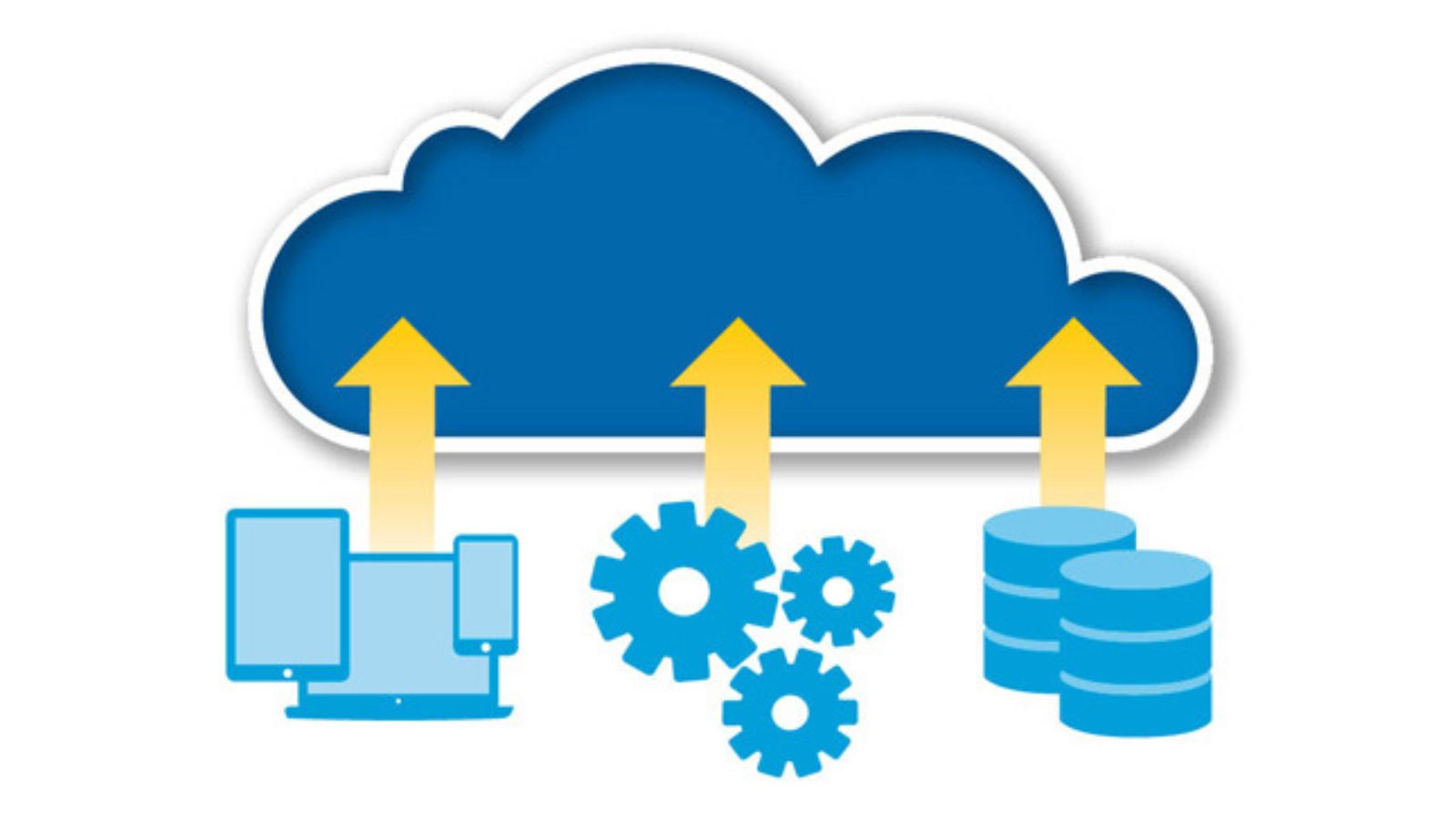Why Migrating To The Cloud Top Benefits You Must Know
You shouldn’t have your head in the clouds while doing business. Though it’s possible to make money by moving your company to the cloud. After reading this post from SmartOSC, you will understand why migrating to cloud is a good idea, benefits you may not have considered.

What is migrating to the cloud?
Digital resources are transferred from on-premise infrastructure to a cloud during a cloud migration procedure. However, there are three key scenarios in a company when such a transfer will be advantageous.
You may start by moving your data sources to cloud-shared files, databases, etc. It’s tempting to move them when additional individuals need to work on the same data or files. Profits, security, mobility, and flexibility.
Additionally, businesses will be able to take advantage of a wide range of cloud computing advantages by selecting the appropriate mix.
What are the benefits of migrating to cloud?
Scalability
Using cloud-based solutions makes it much simpler to expand and maintain (and increase) the caliber of your job. Additionally, it is the responsibility of the cloud provider to set up their infrastructure for your expansion.
Dependability
Higher reliability goes hand in hand with improved scalability. The architecture of clouds makes them (nearly) always available and prepared to function. When using the cloud, you don’t depend just on one server or data center.
Disaster recovery and automated backups
Migrating to cloud assists in ensuring that nothing is lost in the event of a malfunction. Clouds contain copies of data in various places, making them practically impervious to data loss.
Security
Prior points also contribute to the security advantage. But there’s more to it than that. Cloud service providers often have access to superior, more impenetrable security measures as well as professionals. The so-called Shared Responsibility Model, which divides maintenance and security duties between the client and the supplier, is often available from cloud providers.
Lower costs
Reduced expenses, particularly if you pick IaaS (Infrastructure as a Service), which gives you the flexibility to adapt the infrastructure and pricing to your specific requirements and circumstances.
Better analytics and monitoring
Monitoring services are often integrated into cloud systems. You have access to the most accurate data on your infrastructure and maintenance thanks to the automated and standardized tracking of the major metrics.
Enhanced IT resource management
To make any changes to your IT gear, you must locate, purchase, and assemble new components (you, or your IT expert). You only need to choose the appropriate components in the Software as a Service or Infrastructure as a Service model when you’re a cloud customer.
Increased mobility
Working remotely and on the go is considerably simpler (and safer) with a cloud. Since the COVID-19 pandemic breakout, its importance has increased. Additionally, increased mobility makes transferring your work simpler and increases the flexibility of your business.
Collaboration
Collaboration is facilitated by the use of migrating to the cloud, particularly for remote teams that include members in various places.
Reduced carbon footprint
Reduced carbon impact – last but not least, cloud providers often get greener and leave a smaller carbon footprint due to the economies of scale.
How to start migrating to cloud?
First, you must first educate yourself on the potentials and constraints of different options. Not simply clouds, but also equipment improving migration and cloud management. They come in large numbers.
The next thing you need is a thorough migration to cloud plan. To do this, respond to the questions pertaining to your objectives, establish a timetable and a timeline, be ready for difficulties, and develop advocacy for impending changes.
The actual migration comes afterward. It entails more than simply reinstalling your program and copying data from one location to another. Apps and data sources will be connected thanks to them.
Even the cloud often requires some tuning to tailor its features to the needs. It all demands in-depth knowledge of your company’s operations and migrating to cloud. How can you ensure that nothing gets missed throughout this intricate process? SmartOSC is aware and wishes to impart our knowledge to you. Feel free to contact us if you want to discuss your cloud migration strategy.


